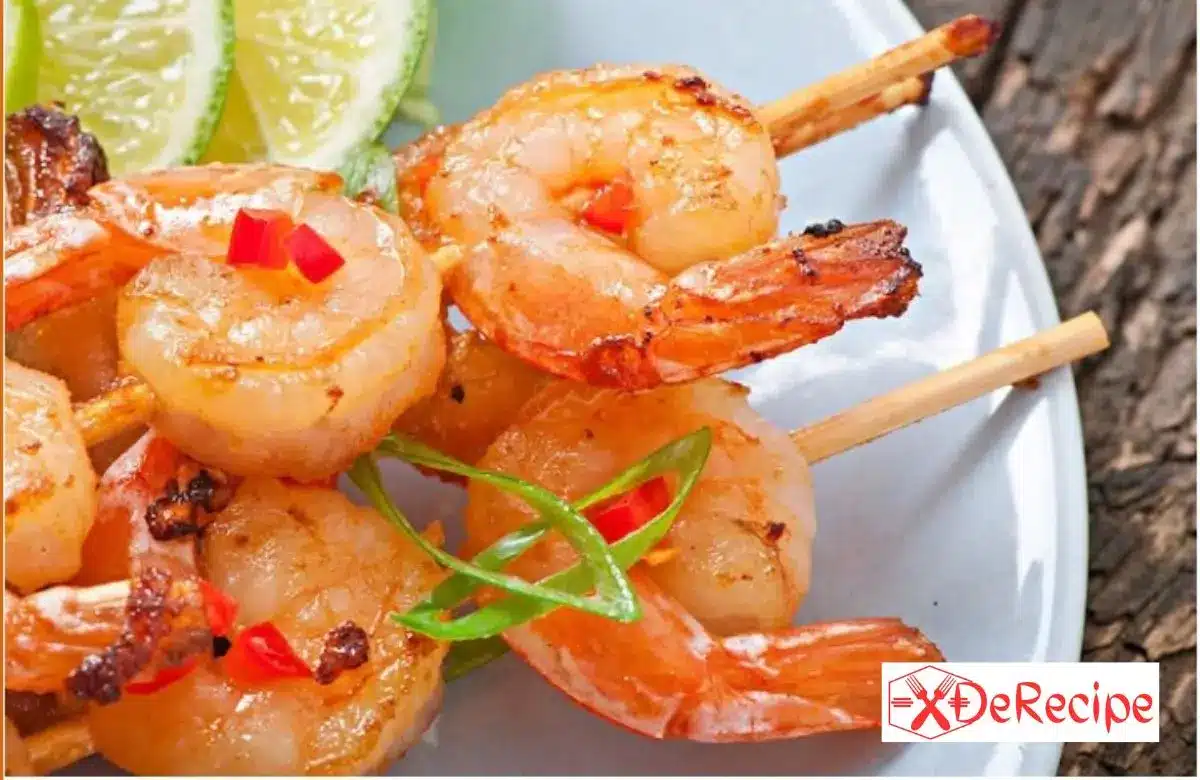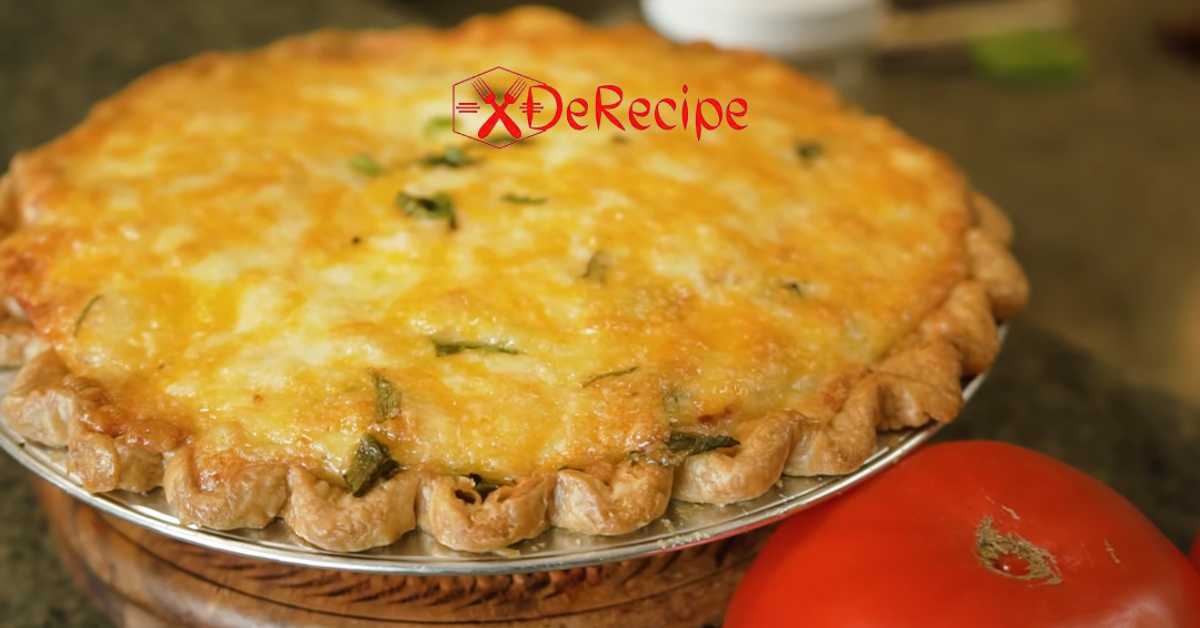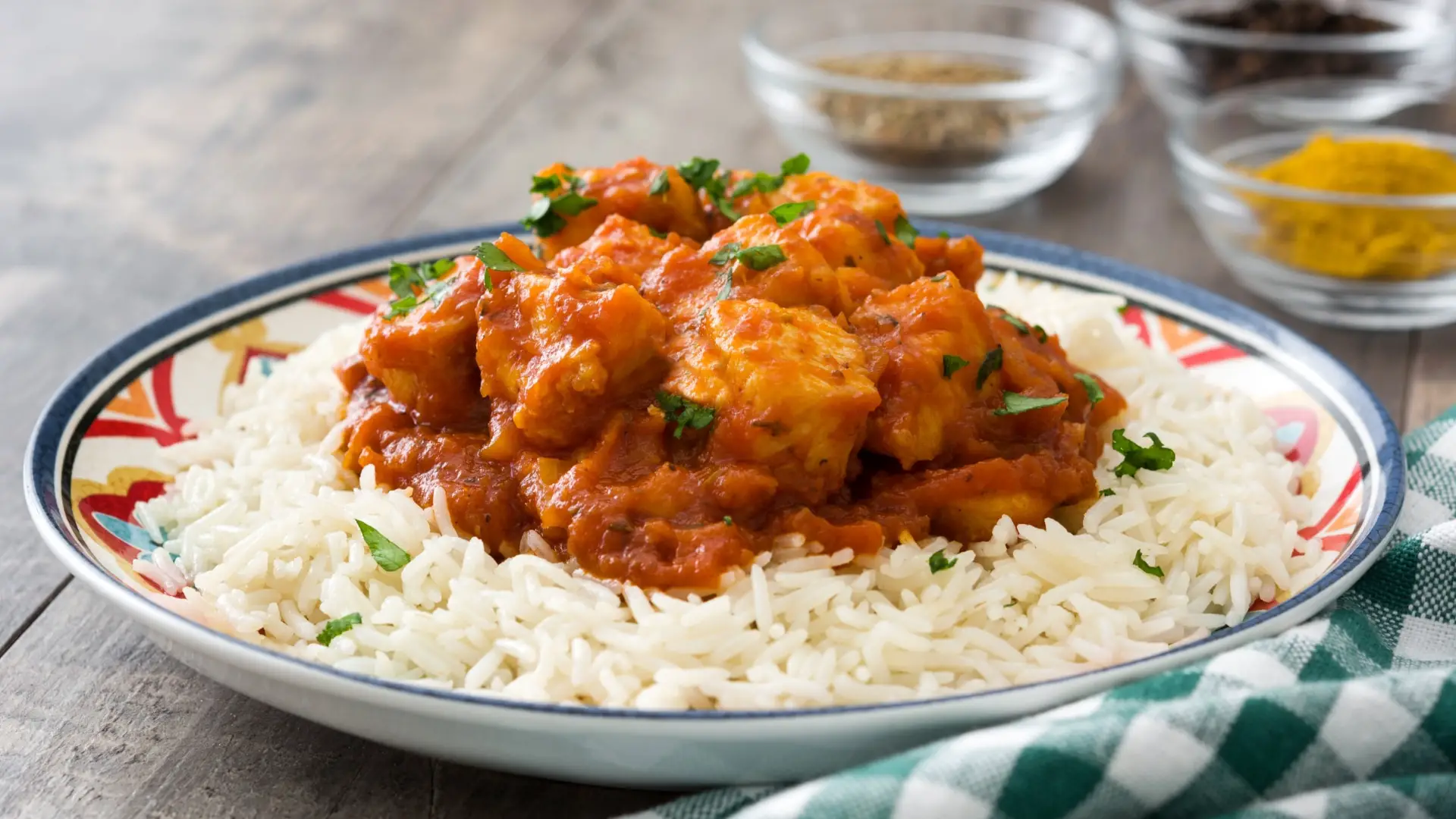The Surprising Health Benefits of Eating Shrimp and Its Shell

Shrimp is a widely popular seafood delicacy that is enjoyed by people all over the world. It is versatile, easy to prepare, and delicious, making it a favorite ingredient in many cuisines. However, not many people know that shrimp is not only tasty but also highly nutritious. Benefits of Eating Shrimp are so many, shrimp is a low-calorie food that is packed with protein, vitamins, minerals, and omega-3 fatty acids, making it a valuable addition to a healthy diet.
Moreover, the shells and tails of shrimp also offer unique benefits that are often overlooked. Shrimp shells are rich in chitin, a fibrous substance that has antimicrobial and anti-inflammatory properties. Shrimp tails, on the other hand, contain chitin and glucosamine, which can support joint health and reduce cholesterol levels. These benefits make shrimp a seafood that is not only delicious but also beneficial for our health.

Note: This post may contain affiliate links, which means if you buy from my link I might make a small commission. This does not affect the price you pay. See the full affiliate disclosure here.
In this blog post, we will explore the various Health Benefits of Eating Shrimp and its shells/tails. We will also discuss how incorporating shrimp into our diet can be a sustainable and environmentally friendly choice. So, whether you are a seafood lover or someone looking for a nutritious and tasty addition to your diet, read on to discover the many benefits of eating shrimp.
Health Benefits of Eating Shrimp
Shrimp is a low-calorie, high-protein seafood that is packed with nutrients essential for optimal health. Here are some of the health benefits of eating shrimp:
High in Protein and Low in Calories
Shrimp is an excellent source of protein, which is essential for building and repairing tissues in the body. A 3-ounce serving of shrimp provides approximately 20 grams of protein, making it an ideal food for those who want to maintain or build muscle mass.
Moreover, shrimp is low in calories, with only 84 calories per 3-ounce serving. This makes it an excellent option for weight management, as it can help reduce overall calorie intake while providing the necessary nutrients to support a healthy body.
Rich in Omega-3 Fatty Acids
Shrimp is rich in omega-3 fatty acids, which are essential fats that our bodies cannot produce and must obtain from food. These fatty acids play a crucial role in heart health, as they help lower triglycerides, reduce inflammation, and prevent blood clotting.
Studies have shown that consuming omega-3 fatty acids may lower the risk of heart disease and stroke, making shrimp an ideal seafood option for individuals looking to maintain good heart health.
Contains Antioxidants
Shrimp is a rich source of antioxidants, which are compounds that protect the body from damage caused by harmful molecules known as free radicals. The antioxidants in shrimp, such as astaxanthin, selenium, and vitamin E, help reduce inflammation and prevent chronic diseases, such as cancer and diabetes.
Good Source of Vitamins and Minerals
Shrimp is a good source of various vitamins and minerals that are essential for overall health. A 3-ounce serving of shrimp provides approximately 48% of the daily recommended intake of selenium, a mineral that helps support a healthy immune system and thyroid function.
Shrimp is also rich in vitamin B12, a nutrient that is crucial for proper nerve function and the production of red blood cells. Additionally, it contains phosphorus, a mineral that is essential for bone health and the proper functioning of the kidneys.
Incorporating shrimp into a healthy diet can provide numerous health benefits, including weight management, heart health, and disease prevention. Its nutrient-dense profile makes it an excellent addition to any meal plan, whether it is grilled, boiled, or sautéed.
Benefits of Eating Shrimp Tails
Shrimp tails also has health benefits. Lets discuss about Benefits of Eating Shrimp Tails
Shrimp tails are edible and contain chitin, a fiber that promotes gut health and reduces cholesterol levels
Shrimp tails are often overlooked and discarded, but they actually contain valuable nutrients that can benefit our health. One of the primary components of shrimp tails is chitin, a type of fiber that is commonly found in the exoskeletons of arthropods like shrimp and crabs.

Chitin has been found to promote gut health by increasing the growth of beneficial bacteria and reducing inflammation in the digestive tract. Additionally, it has been shown to lower cholesterol levels by binding to bile acids in the gut and preventing their absorption into the bloodstream.
They also contain glucosamine, which supports joint health and may alleviate arthritis symptoms
Another important nutrient found in shrimp tails is glucosamine, which is a natural compound that supports joint health. Glucosamine is often taken as a supplement to alleviate symptoms of arthritis, a common condition that affects millions of people worldwide.
By eating shrimp tails, we can potentially benefit from the chitin and glucosamine they contain. While some people may find the texture of the tails unappealing, they can be easily removed before or after cooking. Alternatively, they can be left on and incorporated into dishes like stir-fries, soups, and stews for added flavor and nutrition.
Overall, shrimp tails are a valuable source of nutrients that should not be overlooked or wasted. By incorporating them into our diets, we can potentially improve our gut and joint health and reduce our risk of chronic diseases.
Benefits of Eating Shrimp Shell
When we think of shrimp, we usually only consider the delicious meat inside the shell. However, the shell itself has many health benefits that often go unnoticed. Shrimp shells are rich in chitin, a fibrous substance that is known to have a range of health benefits.

One of the most notable benefits of chitin is its antimicrobial and antifungal properties. Studies have shown that chitin can inhibit the growth of certain bacteria and fungi, making it a potential treatment for infections caused by these microorganisms. Chitin has also been found to have an immunomodulatory effect, meaning it can help regulate the immune system’s response to pathogens.
Chitin also has potential applications in wound healing, drug delivery, and water treatment
In addition to its health benefits, chitin also has a range of industrial applications. It is commonly used in wound healing products as it can stimulate tissue growth and accelerate the healing process. Chitin is also used in drug delivery systems, as it can be formulated into nanoparticles that can target specific areas of the body.
Another potential use for chitin is in water treatment. Chitin can be used to remove heavy metals and other pollutants from water, making it a promising solution for environmental remediation.
But how do we actually consume shrimp shells to get these benefits? One way is to grind the shells into a fine powder and add it to food or drinks. This is a common practice in many Asian countries, where shrimp powder is used as a flavoring agent and a source of nutrients. Some supplement manufacturers also use chitin extracted from shrimp shells in their products.
It’s worth noting that while shrimp shells do offer many health benefits, they should be consumed with caution. Shrimp shells can be difficult to digest and may cause digestive issues in some people. It’s best to start with small amounts and gradually increase the intake if no adverse effects are observed.
How to choose the best shrimp for cooking
Shrimp is a delicious and versatile seafood that can be enjoyed in many different dishes, from shrimp scampi to shrimp tacos.

However, with so many varieties of shrimp available, it can be overwhelming to choose the best ones for cooking. Here are some tips to help you select the freshest, most flavorful shrimp for your next meal:
1. Look for Freshness: The fresher the shrimp, the better it will taste. Fresh shrimp should have a mild scent of the ocean and be firm to the touch. Avoid shrimp that has a strong fishy smell or feels slimy or mushy.
2. Choose the Right Size: Shrimp comes in many sizes, from tiny cocktail shrimp to jumbo-sized shrimp. The size you choose will depend on the dish you are making. For example, larger shrimp are better for grilling or sautéing, while smaller shrimp are great for soups and stews.
3. Check the Color: Shrimp should have a translucent pinkish color when raw. If the shrimp is gray, it may be a sign that it’s not fresh or has been frozen and thawed.
4. Determine the Type: There are many types of shrimp available, including white, brown, and pink. White shrimp has a mild flavor and is best for recipes that call for shrimp as the main ingredient. Brown and pink shrimp have a stronger flavor and are better suited for spicy dishes or as a flavor enhancer.
5. Check for Deveining: Some shrimp come deveined, which means the vein that runs along the back of the shrimp has been removed. Deveining shrimp is not necessary, but it can make the shrimp look more visually appealing and easier to cook.
6. Decide on Frozen or Fresh: Fresh shrimp is always preferable, but frozen shrimp can be a good option as well. Frozen shrimp should be properly thawed before cooking and should be of high quality, with no freezer burn or ice crystals.
By following these tips, you can choose the best shrimp for your next recipe and ensure that your meal is flavorful and delicious. Remember to always handle shrimp safely and cook it to the proper temperature to avoid any food borne illnesses.
Shrimp and shrimp shell may be an overlooked part of this delicious seafood, but it offers numerous health benefits that are worth exploring. From its antimicrobial properties to its potential use in wound healing and water treatment, chitin extracted from shrimp shells has a range of applications that make it a valuable resource. Just be sure to consume it in moderation and consult with a healthcare professional if you have any concerns.
Here are some FAQ’s about the benefits of eating shrimp and shrimp shell
1. Is shrimp a healthy food choice?
Yes, shrimp is a healthy food choice as it is low in calories, high in protein, and contains essential nutrients such as omega-3 fatty acids, vitamin B12, and selenium.
2. Is shrimp good for weight loss?
Yes, shrimp can be beneficial for weight loss as it is low in calories and high in protein, which can help you feel full and satisfied while consuming fewer calories.
3. Does shrimp contain cholesterol?
Yes, shrimp contains cholesterol, but research suggests that dietary cholesterol intake does not have a significant impact on blood cholesterol levels in most people. Moreover, the cholesterol in shrimp is primarily the “good” kind, which is one of the best Health Benefits of Eating Shrimp.
4. Can shrimp help improve brain function?
Yes, shrimp contains omega-3 fatty acids, which have been shown to have cognitive benefits, including improving memory and brain function.
5. Is it safe to eat shrimp if you have a shellfish allergy?
No, if you have a shellfish allergy, you should avoid eating shrimp as it can cause an allergic reaction, which can range from mild to life-threatening.
6. Is shrimp a sustainable food choice?
It depends on how and where the shrimp is sourced. Some shrimp farming practices can have negative environmental impacts, such as pollution and destruction of mangrove forests. However, there are sustainable shrimp farming methods that can minimize these impacts, and wild-caught shrimp can also be a sustainable choice if sourced responsibly.
7. How should shrimp be prepared for maximum health benefits?
To maximize the health benefits of shrimp, it is best to prepare it in a healthy way, such as grilling, baking, or steaming, and avoid deep-frying. Additionally, pairing shrimp with vegetables, whole grains, and healthy fats can further enhance its nutritional value.
We appreciate you taking the time to read this article, and we look forward to welcoming you back soon for more culinary explorations. Stay Connected with celebrateandhavefun. Happy Cooking!






